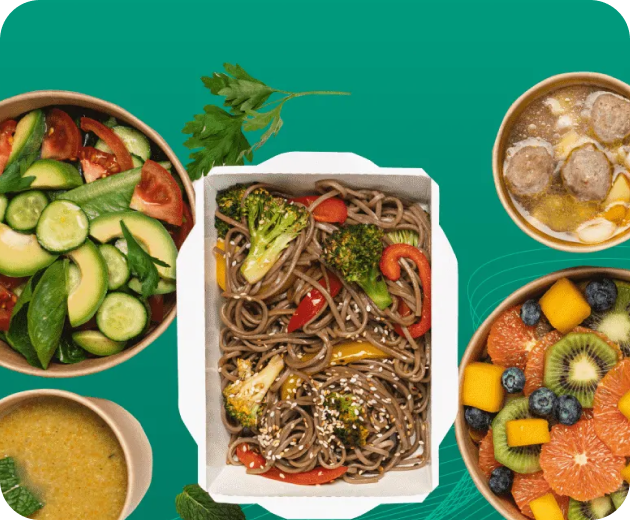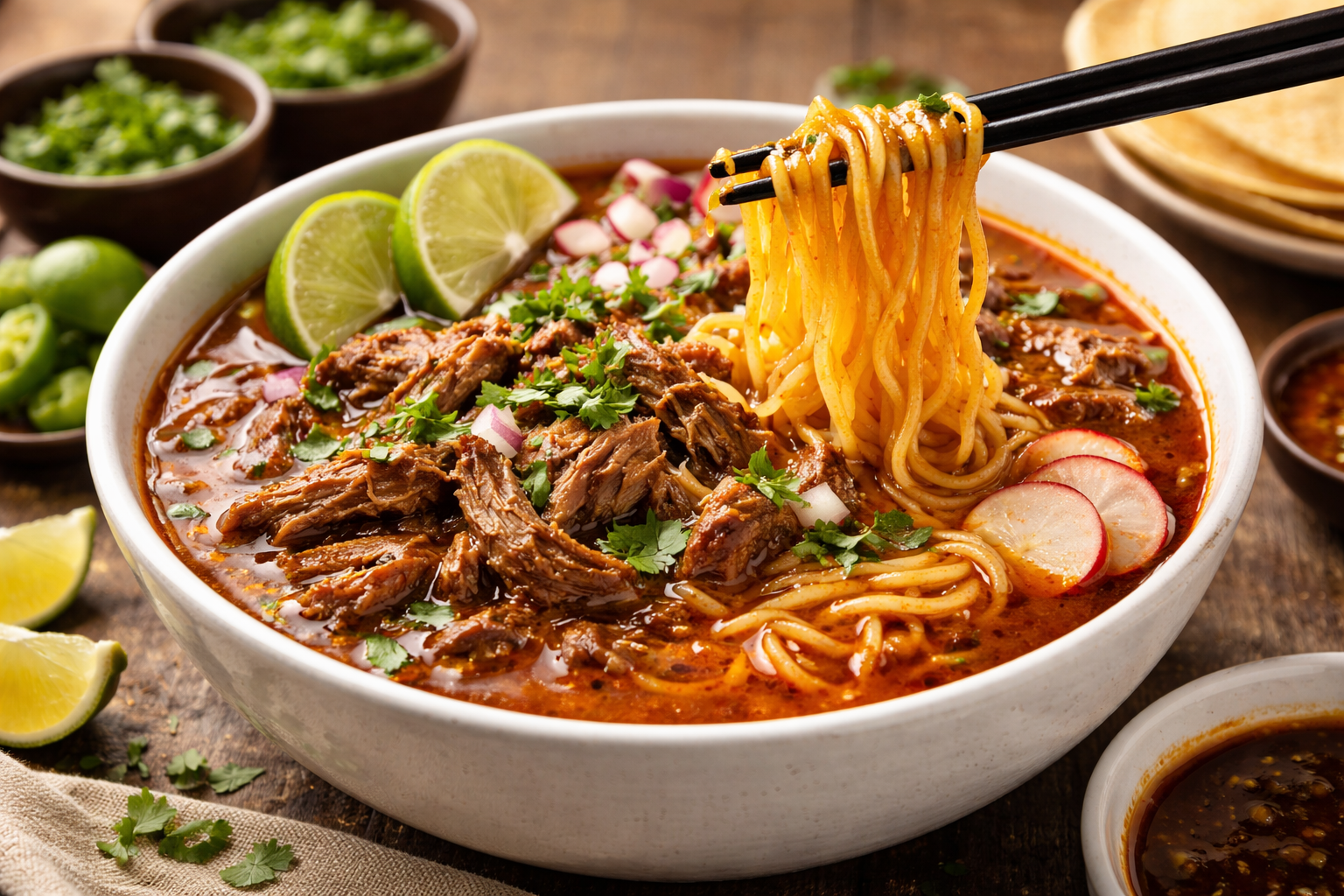What is Natural Language Processing for Food?
Natural Language Processing (NLP) is a branch of artificial intelligence that deals with the interaction between computers and human languages.
It involves analyzing, understanding, and generating human language in a way that computers can understand.
But what does NLP have to do with food? In this article, we will explore the concept of Natural Language Processing for Food and its potential applications.
What Does NLP Stand For?
NLP stands for Natural Language Processing. It is a field that combines computer science, linguistics, and artificial intelligence to enable computers to process and understand human language in the same way that humans do.
This includes tasks such as speech recognition, natural language understanding, and text generation.
Why NLP is Important for Food?
Food is an essential aspect of our daily lives, and language is a fundamental means of communication. NLP for food has the potential to revolutionize the way we interact with and understand food-related information.
With the increasing availability of digital platforms and social media, there is an overwhelming amount of data related to food being generated every day. NLP can help us make sense of this data and extract valuable insights that can be used for various purposes.
Applications of NLP for Food
Menu Analysis and Generation
One of the most common uses of NLP in the food industry is menu analysis and generation. NLP algorithms can analyze menus to identify popular dishes, ingredients, and trends. It can also generate menus based on customer preferences or dietary restrictions.
Sentiment Analysis
NLP can also be used for sentiment analysis of food-related reviews and social media posts. By analyzing language patterns and sentiment, businesses can gain insights into customer preferences and make informed decisions.
Recipe Recommendation
Have you ever searched for a recipe online and been overwhelmed by the number of results? NLP can help with that. By analyzing the language used in a recipe, NLP algorithms can recommend recipes based on your dietary preferences, cooking skills, and ingredients available.
Food Labeling and Ingredient Analysis
NLP can also be used for food labeling and ingredient analysis. By analyzing the language on food labels, NLP algorithms can identify potential allergens, nutritional information, and ingredients that may not be listed explicitly.
Chatbots and Virtual Assistants
With the rise of virtual assistants like Alexa and Siri, NLP has become an integral part of the food industry. Food businesses can use NLP-powered chatbots to handle customer queries, take orders, and make recommendations.
Fraud Detection
NLP algorithms can also be used for fraud detection in the food industry. By analyzing language patterns in transactions and customer reviews, NLP can flag potentially fraudulent activities and help businesses prevent financial losses.
Brand Monitoring
In today’s digital age, businesses need to monitor their online presence and reputation. NLP can help by analyzing sentiment in online reviews and social media posts related to a brand, allowing businesses to address any issues or negative feedback.
Examples of NLP in the Food Industry
A great example? We use NLP to understand when people are eating and drinking, and when they are doing something else that is irrelevant to the food and beverage industry — it’s all about context.
When someone writes a post on social media that they are eating “vegan fruit leather” or “vegan cacio e pepe”, we know that they are talking about a moment of consumption.
Compare that to a post discussing “vegan leather handbags”; to a person, these two posts may sound easily identifiable as distinct, but NLP is what allows computers to adopt that level of human understanding and surface the most relevant insights.
Add that to AI’s ability to scale analysis on super-human levels, and you’ve got an incredible tool for understanding human behavior.
Conclusion
As we can see, NLP has a wide range of applications in the food industry. From improving customer experience to fraud detection and brand monitoring, NLP is revolutionizing how businesses operate in this sector.
With continued advancements in technology and data analysis, we can expect even more innovative uses of NLP in the food industry in the future.
So, it’s clear that NLP is not just limited to language processing but has great potential in various industries, including the food industry.
As businesses continue to adopt NLP solutions, we can expect to see more efficient and personalized experiences for customers, better fraud detection and prevention measures, and improved brand reputation management.
Want to learn how NLP can revolutionize your innovation? Let’s talk.




